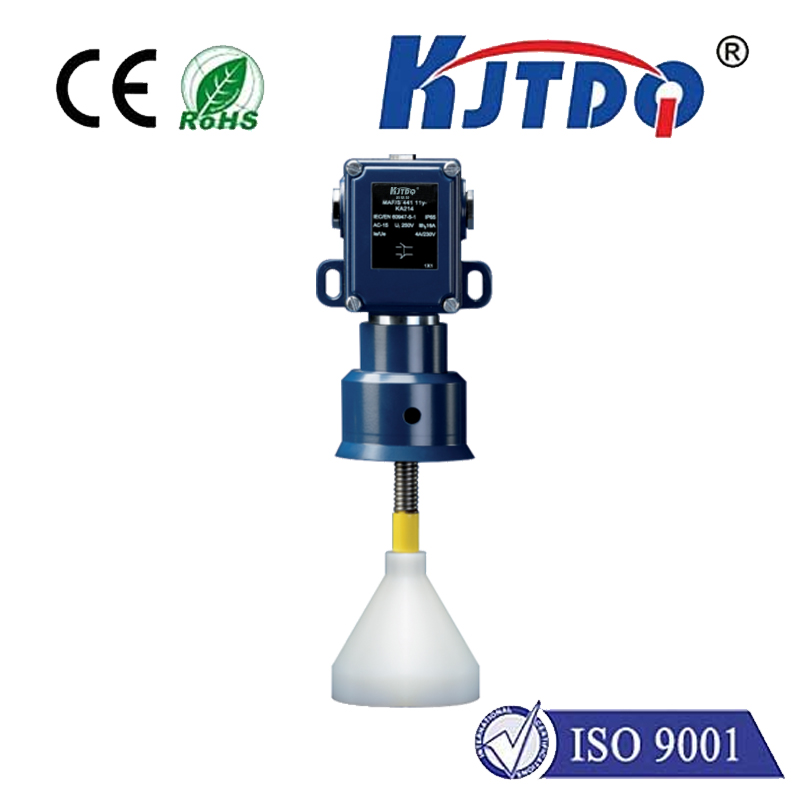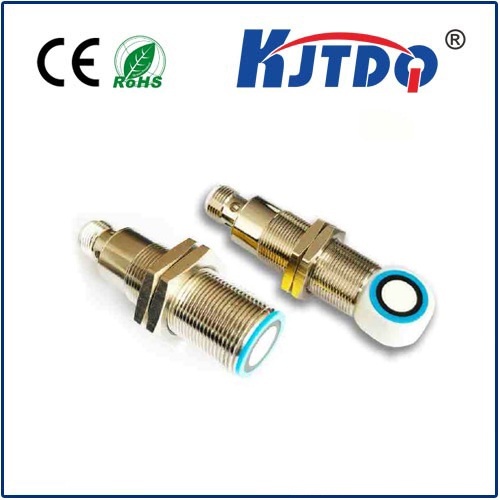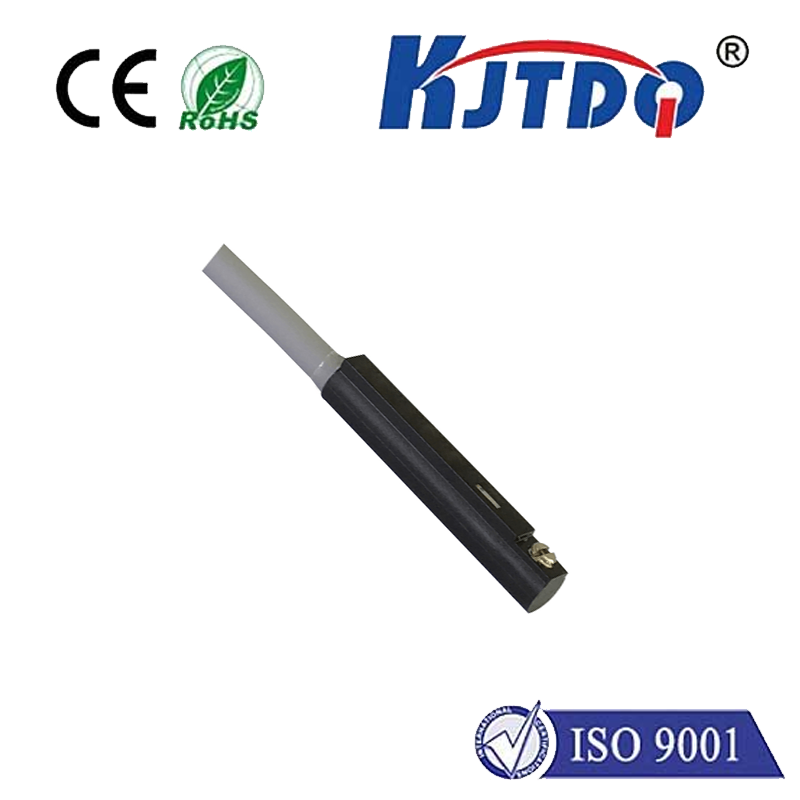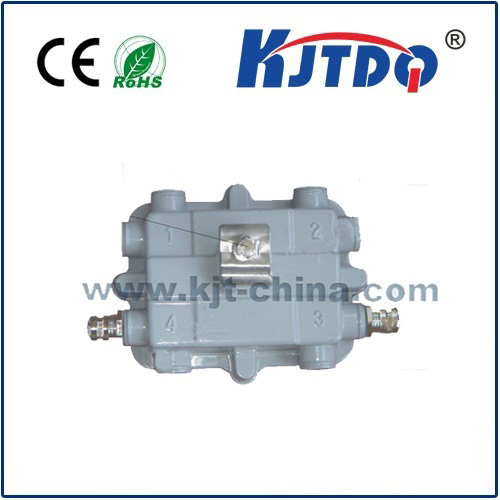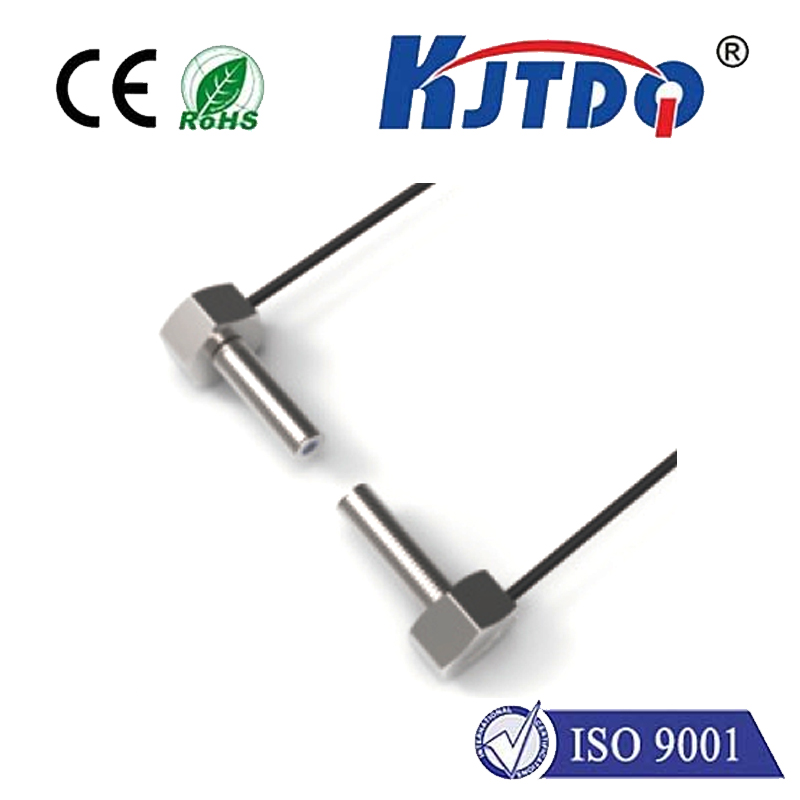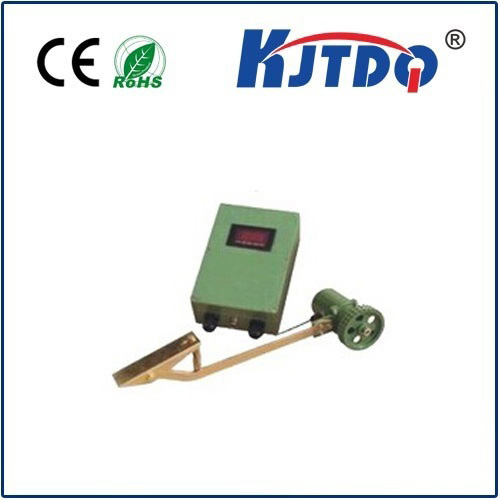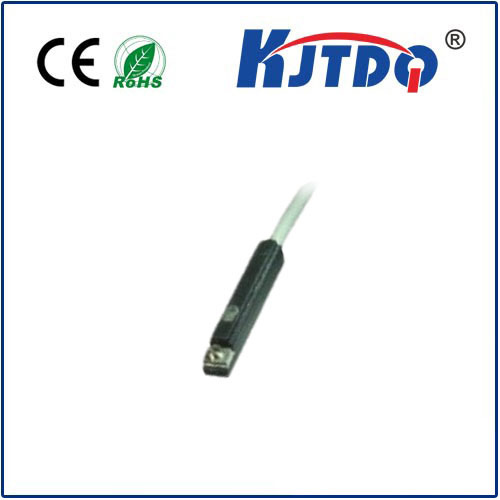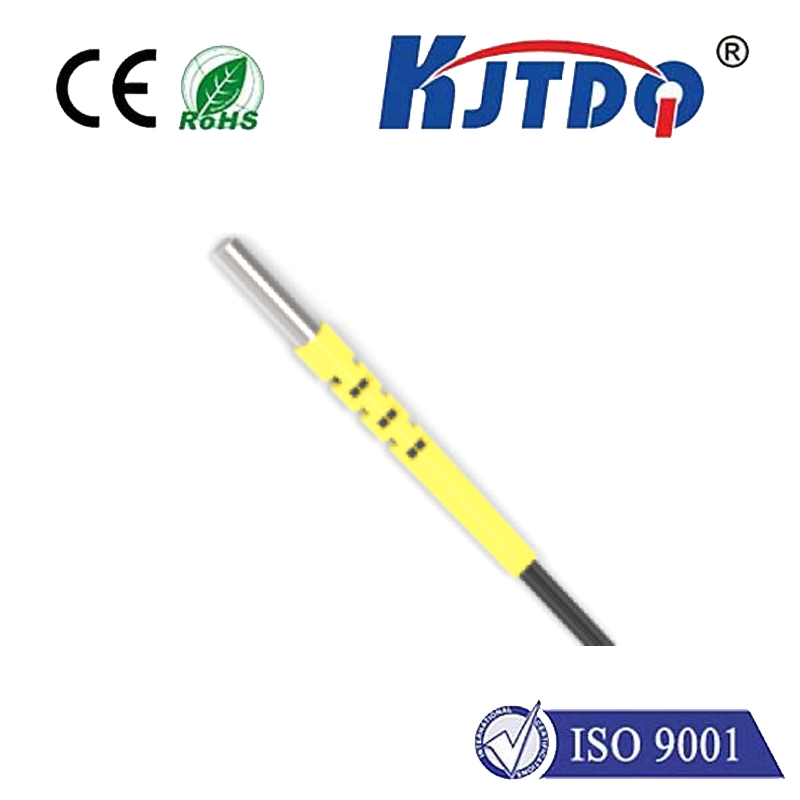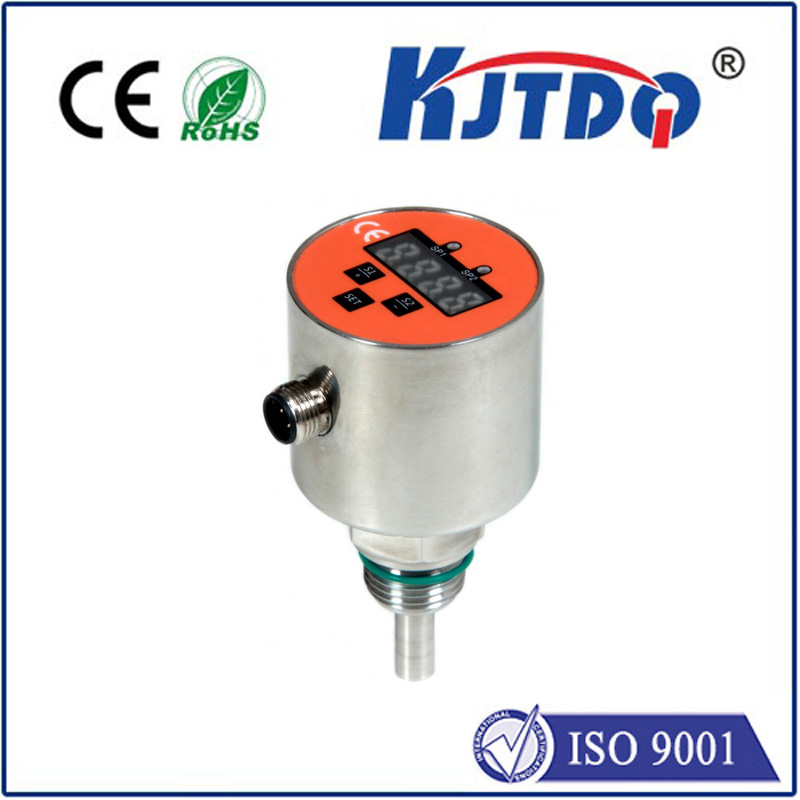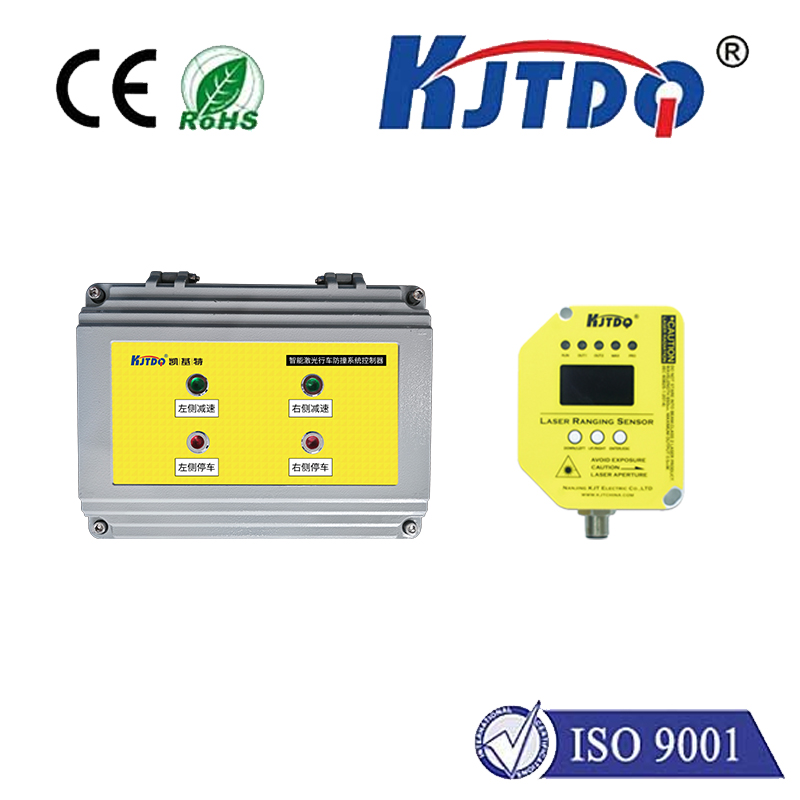

check

check

check

check

check

check

check

check

check

check
Imagine a massive, roaring furnace in a steel foundry. Traditionally, measuring its internal temperature precisely meant threading fragile thermocouples through firebrick or risking failures with infrared sensors struggling through thick smoke and dust. What if there was a way to reliably gauge temperature from a distance, even through challenging obstructions? This is precisely the disruptive potential offered by RF temperature sensors, a rapidly advancing technology moving beyond the limitations of conventional contact methods.
Unlike the widely known infrared (IR) pyrometers that detect thermal radiation, RF temperature sensors operate on a fundamentally different principle. They utilize radio frequency waves – the same type of energy used in Wi-Fi and radar – to interact with a material. The core idea revolves around the fact that the dielectric properties (how a material interacts with electric fields) of most substances change predictably with temperature. By transmitting an RF signal towards the target and analyzing how the signal is reflected, absorbed, or altered in phase and amplitude, the sensor can deduce the material’s temperature. This is known as microwave radiometry or dielectric sensing for temperature measurement.
The key advantage of RF temperature sensing lies in its unique capability for non-contact measurement with penetration depth. While IR sensors only measure the surface temperature because thermal radiation doesn’t penetrate solids deeply, RF waves can penetrate many non-metallic materials. This includes plastics, ceramics, rubber, powders (like grains or chemicals), biological tissues, and even certain types of smoke and dust. This penetration ability unlocks temperature sensing possibilities that were previously impractical or impossible:

It’s crucial to understand that RF temperature sensors are not a universal replacement for infrared sensors. Each technology has its optimal niche:
Therefore, RF temperature measurement fills a critical gap where surface readings are insufficient or environmental conditions impede other methods. Non-contact temperature measurement via RF provides data essential for process control, quality assurance, and safety monitoring in scenarios previously deemed too difficult.
The unique capabilities of RF temperature sensors are driving adoption across diverse sectors:
Implementing RF temperature sensors successfully requires careful consideration:
While challenges exist, the trajectory for RF temperature sensing is undeniably upward. Advancements in radio frequency electronics, signal processing algorithms, and material science understanding are steadily improving accuracy, reducing costs, and simplifying integration. The drive towards smarter industrial processes (Industry 4.0) and the Internet of Things (IoT) demands more robust and versatile sensing data. RF temperature sensors, with their unique ability to deliver contactless measurements where others cannot, are poised to become an increasingly vital tool for process optimization, quality control, and safety across a multitude of industries. They represent not just another way to measure heat, but a fundamental shift in accessing temperature information that was once hidden beneath the surface.
